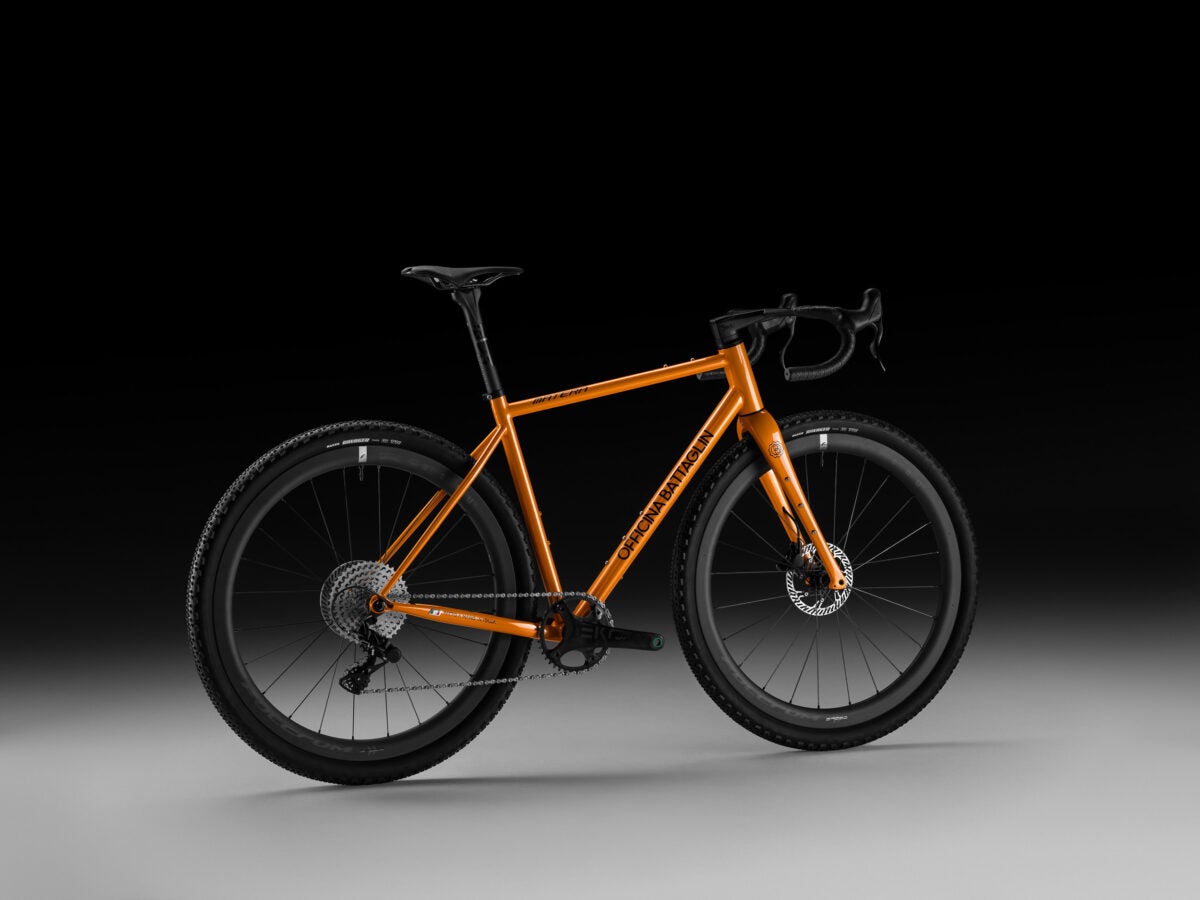Saw this Paprika 53 bike running the Avinox motor on Velo.

 velo.outsideonline.com
velo.outsideonline.com
Did not expect DJI’s first move into gravel to look like… that. Look is growing on me though.


This Week in Tech: New Shoes from Rapha and Trek, Titanium Cranks, and Maap Debuts New Kit
An updated titanium crank from Cane Creek, a new steel gravel bike from Battaglin, tube tires from Pirelli, and more this week in tech.
Did not expect DJI’s first move into gravel to look like… that. Look is growing on me though.

